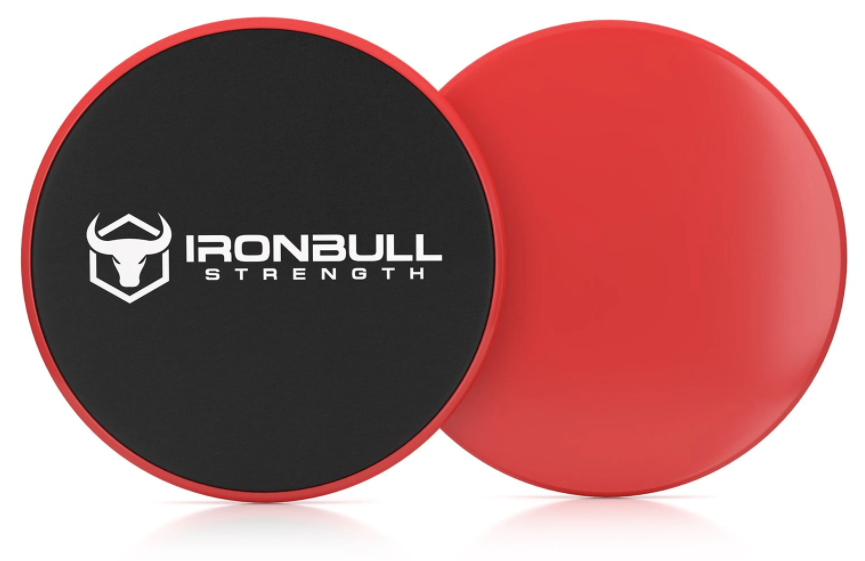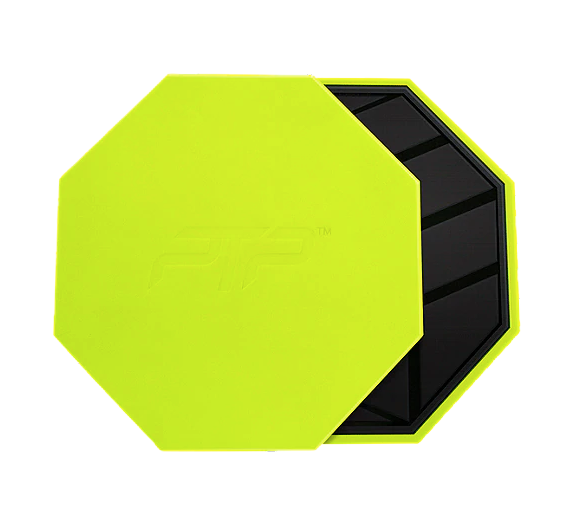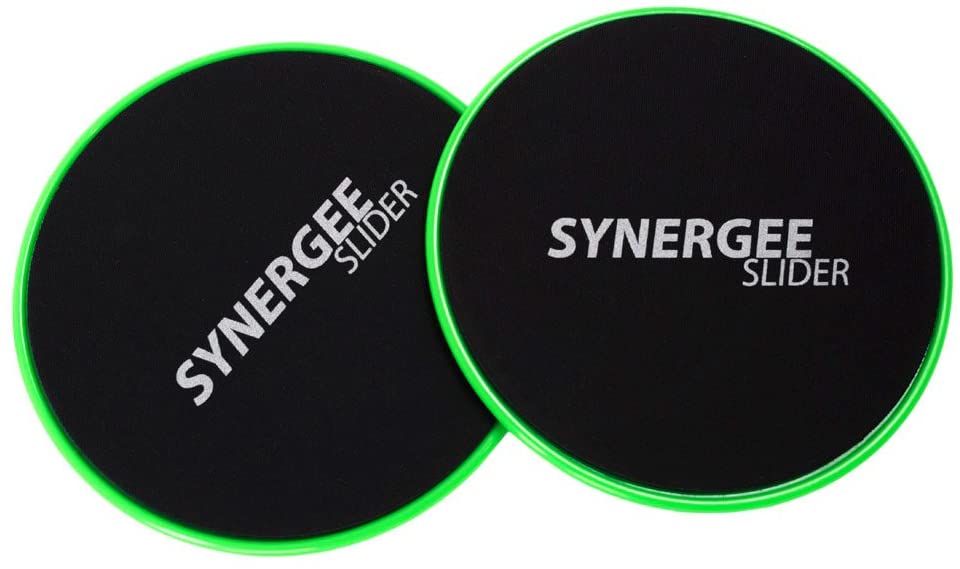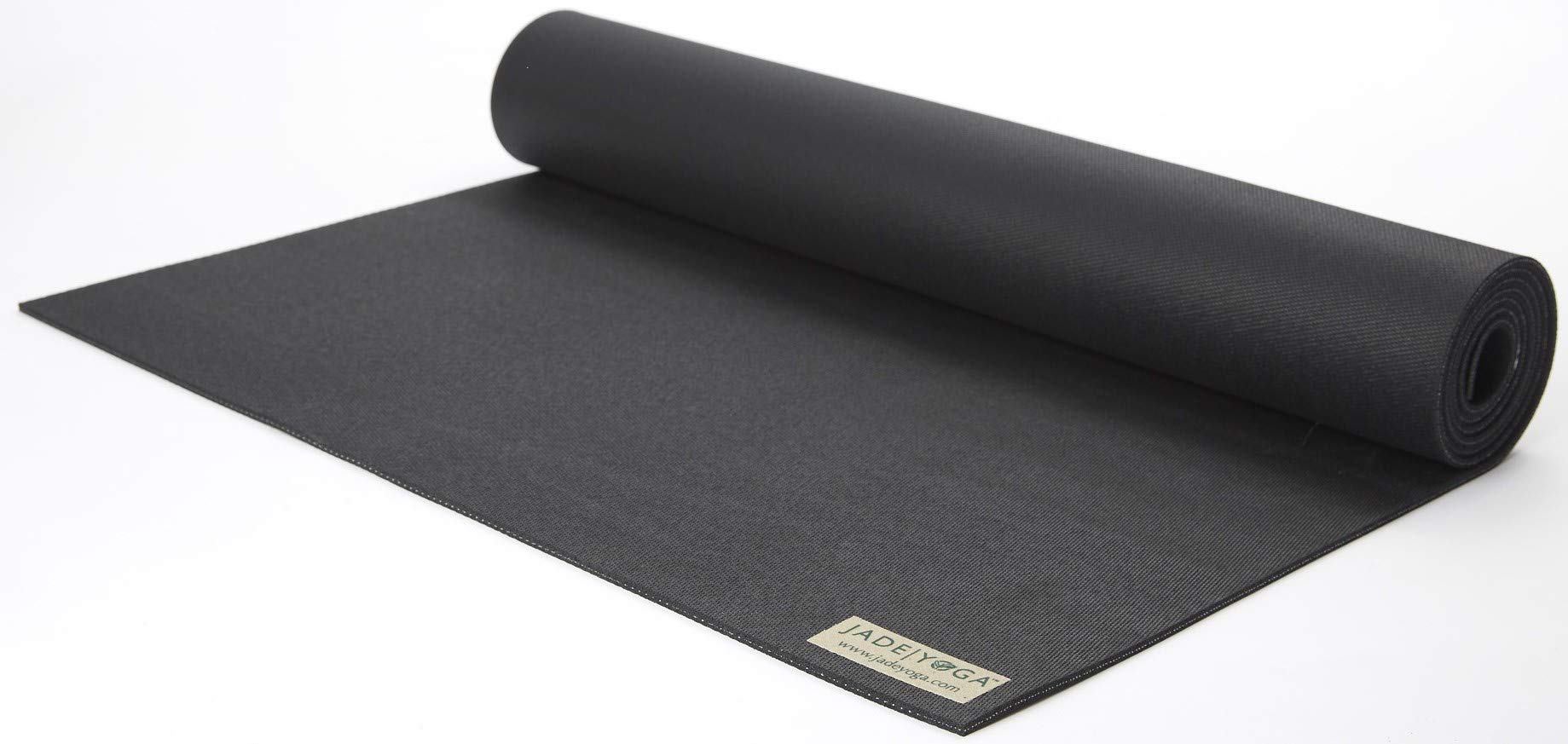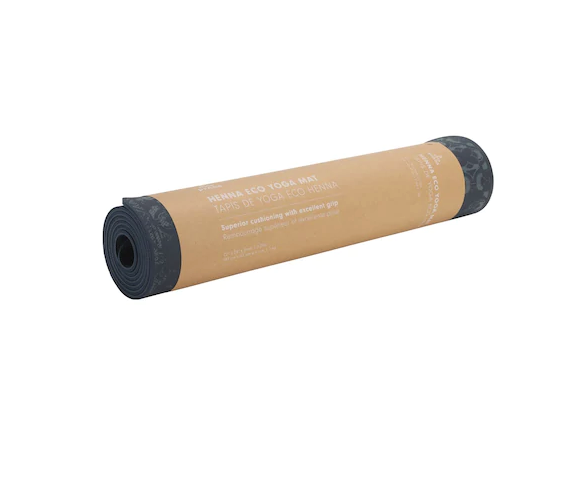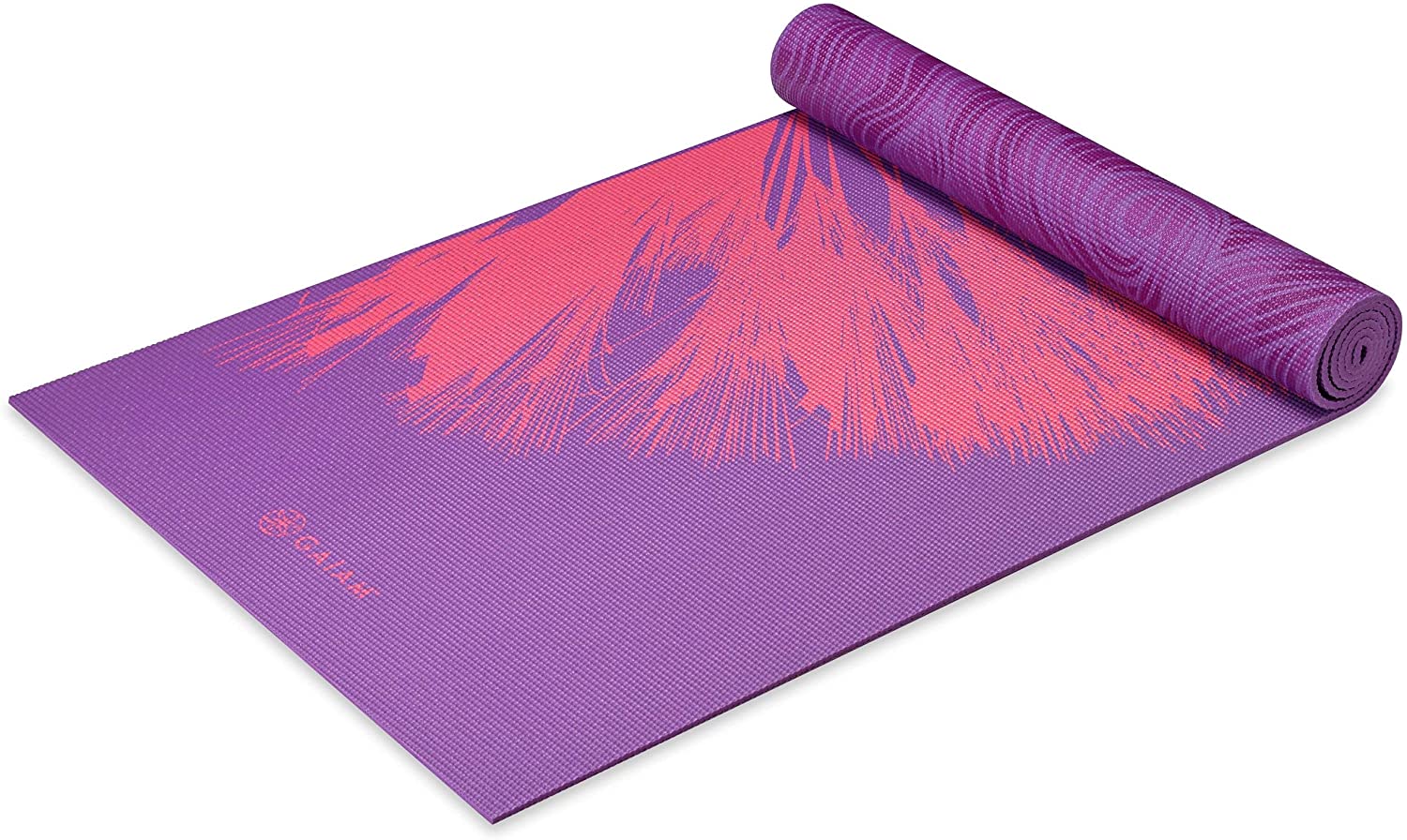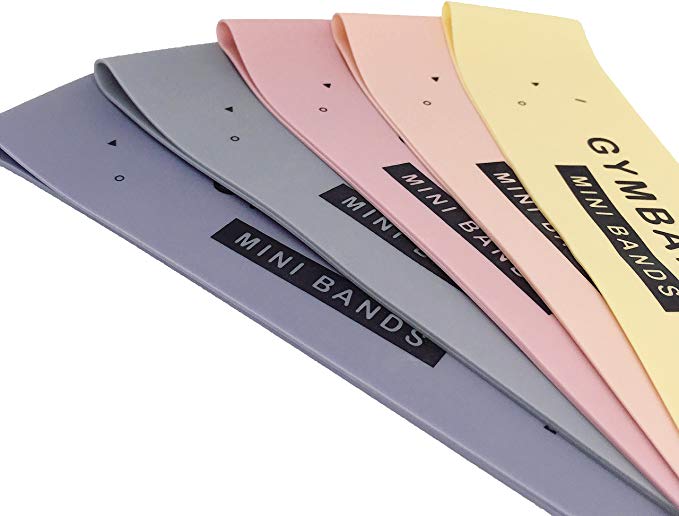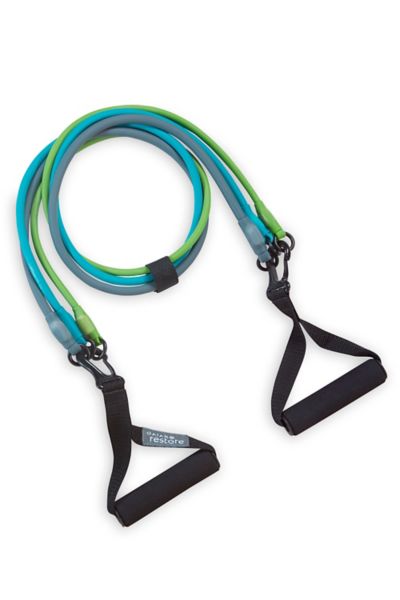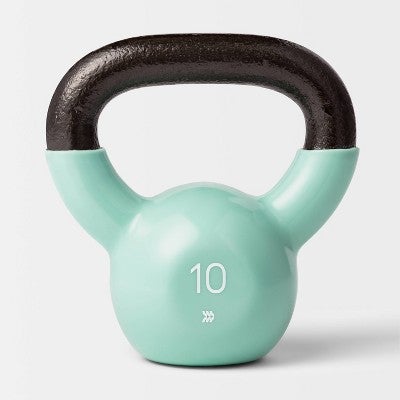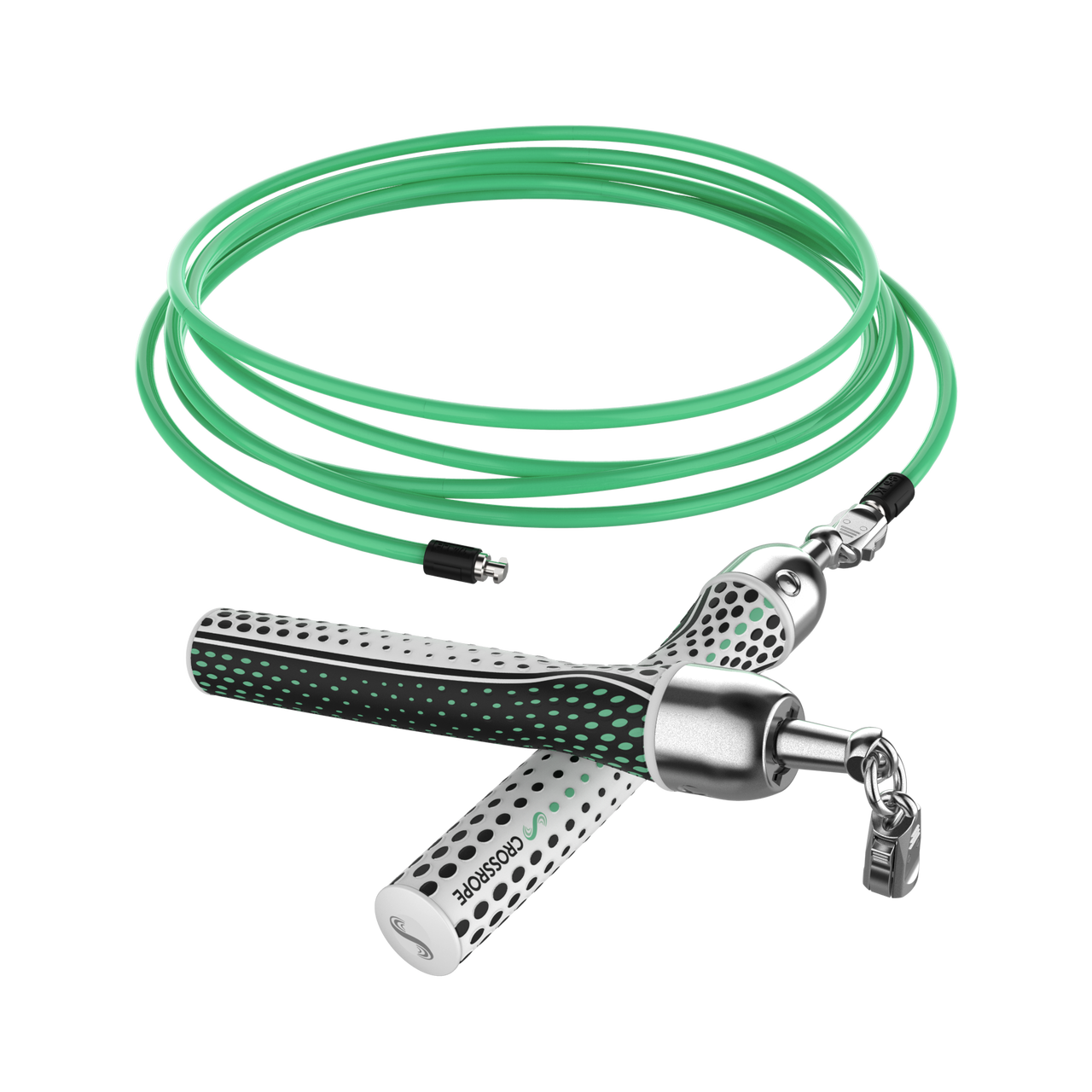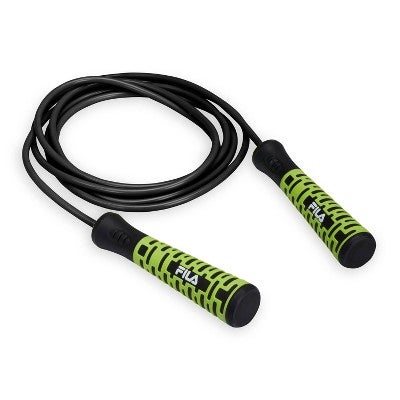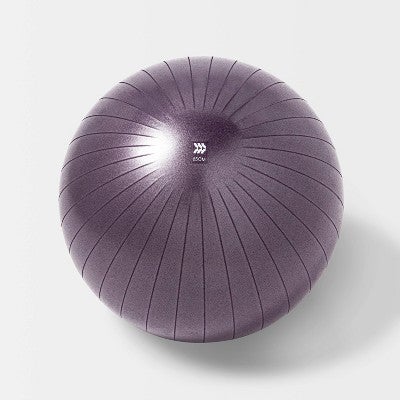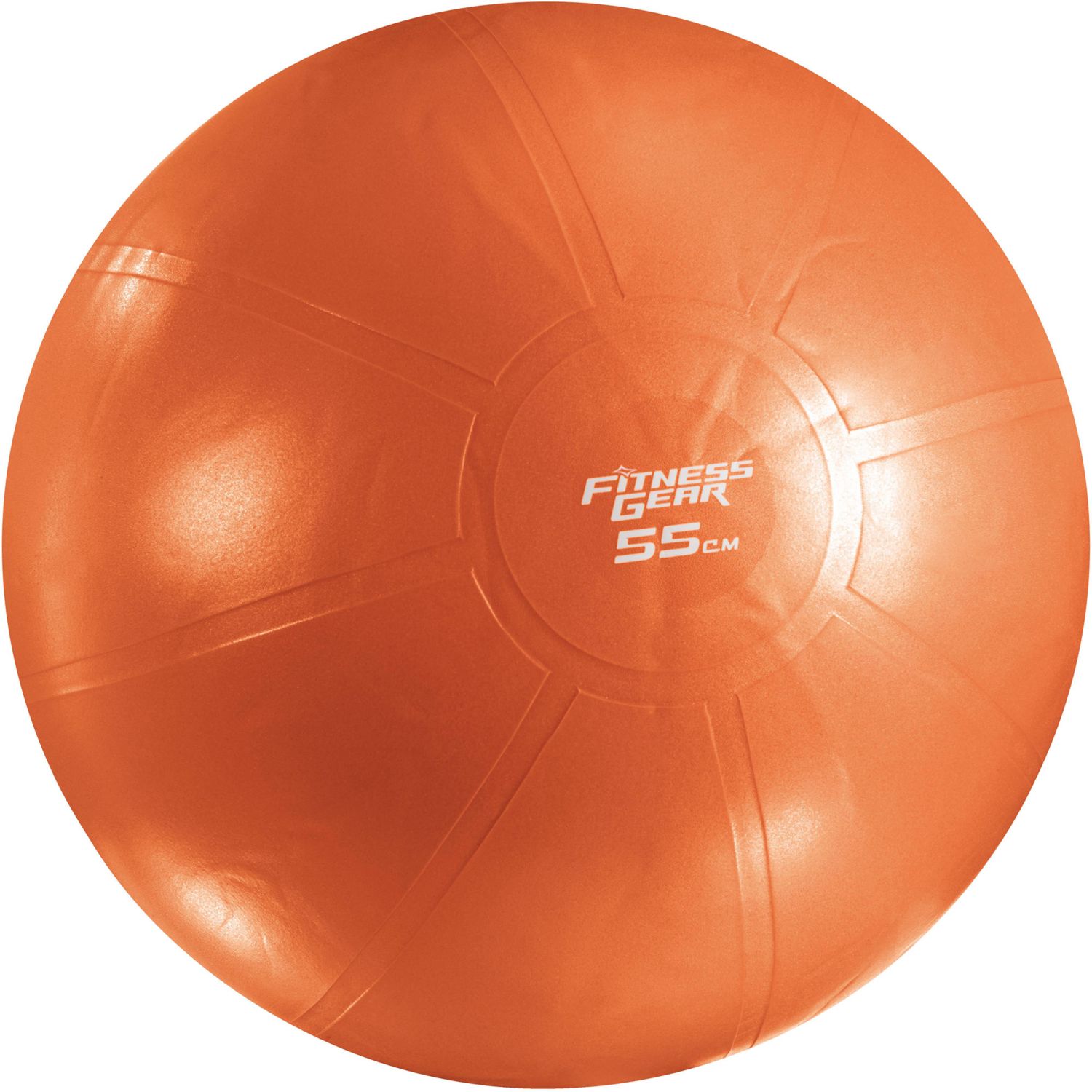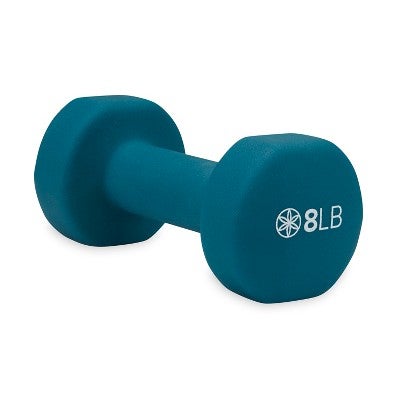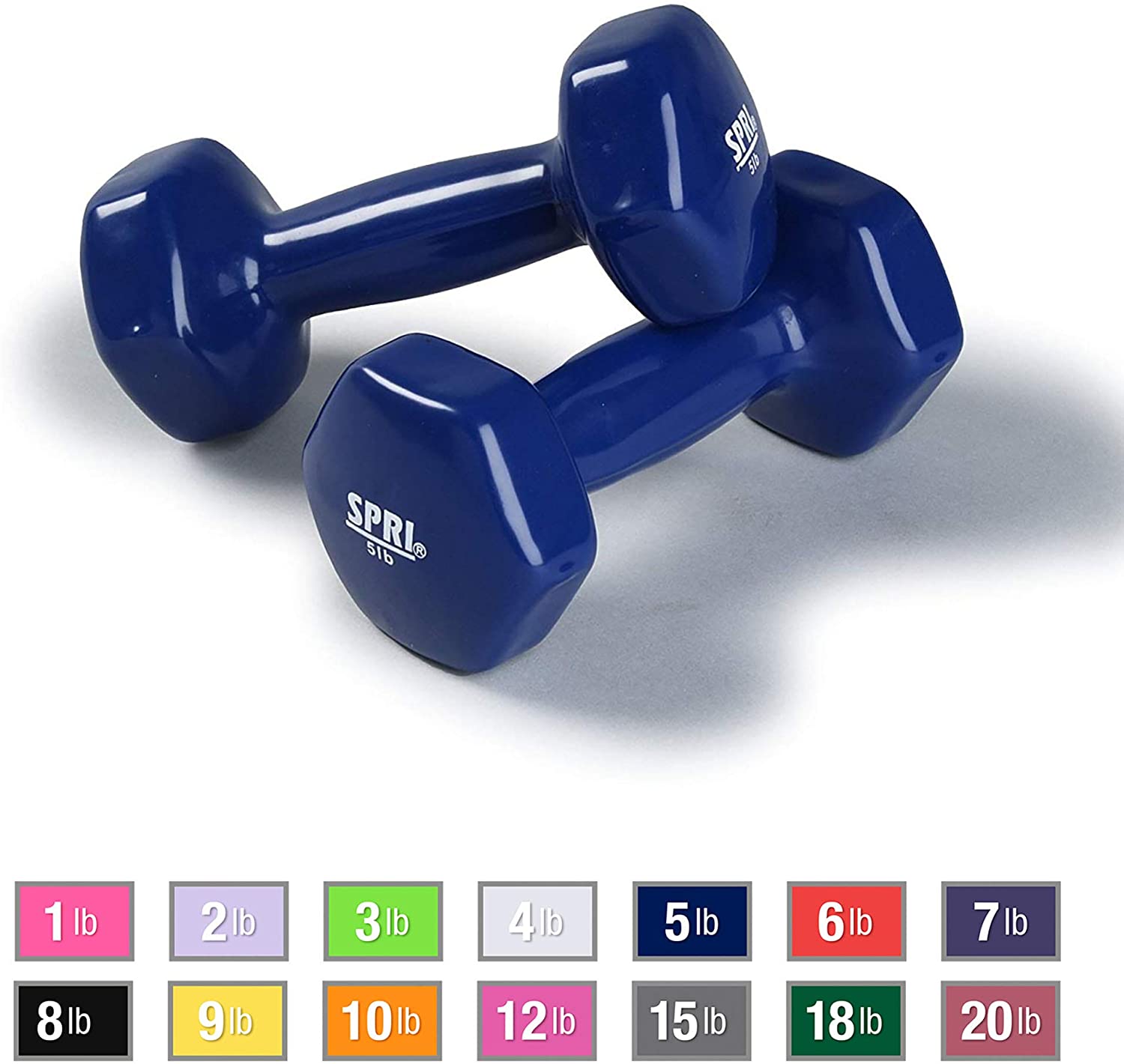I’ve always been a firm believer that all you need for a workout is a pair of sneakers and a good sports bra. But now that I'm in my fifth week of staying home, my daily living room HIIT training sessions have become a bit repetitive and boring — not to mention annoying to my downstairs neighbors. So I'm ready to switch up my routine by incorporating some exercise equipment.
Since my apartment can’t fit a Peloton or treadmill (nor can my bank account stomach one), I’m looking for affordable workout items that will help me sweat/shake off my existential dread and that I can throw into my closet when I’m done. “Every trainer has kettlebells, dumbbells, a skipping rope, and a yoga mat in their home,” Nike Master trainer Jennifer Lau, co-owner of Fit Squad in Toronto, tells me. And a timer to keep track of intervals "so you don’t get distracted,” she adds, noting motivation can be hard to come by in these upside-down times.
AdvertisementADVERTISEMENT
If you are having trouble sticking to your workouts because every day is melting into one, Toronto-based fitness coach Beverley Cheng recommends scheduling your sessions like you would your daily 9:30 a.m. Zoom meetings with your boss. Or find an online community; many instructors are now offering classes on Instagram.
But first, get that gear. Here’s my roundup of the best affordable exercise equipment for at-home workouts, and how to use them.
Gliders
Gliders are sneaky: They look really fun (because they are slippery and slide across the floor!), but they go from zero to 100. Why? They force the body to use a different movement pattern than it's used to — think a traditional reverse lunge where you step back and down versus one with a glider in which you slide the foot back — so you're engaging different muscles. The slippery bottoms are also destabilizing, so the body is constantly under tension. Which is a good thing: “The longer your muscle is under tension, the harder it’s working because there’s no rest,” says Lau. Her go-to exercise? A plank to pike to work your core and upper body: Start in a plank with straight arms, pike your hips up in the air and slide your feet as close as possible to your hands and release down again. Repeat.
Yoga mats
Yoga mats aren't just for yoga. Turns out I should have been doing my HIIT training on my mat all along. “It provides a little bit of cushion, says Cheng — both for your neighbors below and your joints. You should also be using your mat to stretch (especially your hip flexors, which are tight from all that sitting), for a minimum seven to 10 minutes, at the beginning of each workout. “Think of your muscles like a rubber band that you've thrown into the freezer,” says Lau. “If you just start working out without stretching, imagine what you’re doing to that rubber band.”
AdvertisementADVERTISEMENT
Resistance bands
There are different types of resistance bands — circular or those with handles. Both follow the same principle: “They increase the tension of the muscle as you go through the range of the exercise,” says Cheng. Why is that a good thing? "It makes the muscle work the entire time so there’s no part where you can slack.” Cheng loves using circular bands for leg work, like squats or side-steps. Remember: "You always want to be driving your knees against the band, so you’re engaging those glute muscles."
Kettlebells
“We usually neglect the muscles that we can’t see in the mirror. So the kettlebell swing is a good go-to,” says Lau of her favorite exercise with these multi-purpose weighted bells. (Their off-center gravity makes them harder to control than dumbbells; but you can also use them for many of the same exercises you would weights). “With kettlebell swings, she adds, “all the power is coming from your hips, so you’re using your glutes and your hamstrings.”
Here’s how to properly pull off a swing: Stand with your feet shoulder-width apart and place the kettlebell in front of you. Hinge at the hips and reach for the kettlebell with both hands. Tilt the kettlebell slightly towards you with arms straight. Hike the kettlebell back between your legs and explode through the hips to standing, locking your knees and engaging your glutes at the top of your swing (your arms should go no higher than your shoulders). Inhale to hike the kettlebell back between your legs by hinging at the hips.
AdvertisementADVERTISEMENT
Jump rope
If you’re as sick of jogging as I am, jumping rope is a great cardio alternative. It also works your shoulders a bit (but if you want some extra burn, fit jump roping into a workout circuit with shoulder presses and pushups and you’ll really feel those delts). It’s also easy to mix it up: You can jump nice and slow for 20 minutes straight, or play with intervals (like tabata, 20 seconds fast, 10 seconds off), or pace (try 20 double-unders and rest for 10 seconds and repeat).
Exercise ball
Like gliders, an exercise ball adds instability to your movement, engaging the entire body. There are countless exercises you can use it for, but Cheng’s go-to is a forearm plank: Rest forearms on the ball and feet on the ground and hold the plank for 30-60 seconds.
Dumbbells
Most of us probably already have a pair of dumbbells. If your pair is lighter than you might lift at the gym — for example, I have a pair of eight-pounders at home, but prefer 10 to 15 pound free weights for arm exercises — make sure you incorporate higher reps to exhaust that muscle (exhaustion equals growth). That’s about 12-15 reps and three sets, says Lau, who also recommends working unilateral movements (one arm or one leg at a time) into your routine, or slowing down your bicep curls and shoulder presses to keep the muscle under tension for longer. Faster doesn't always equal better.
AdvertisementADVERTISEMENT







